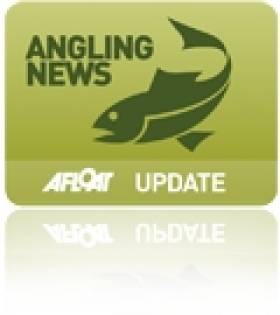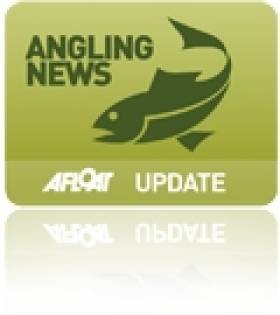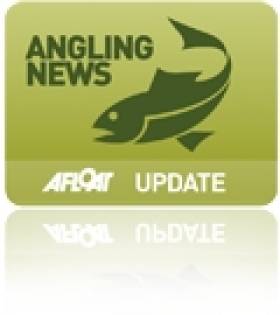Displaying items by tag: Cavan
IADA Hosts 'Biosecurity Awareness' Evenings for Anglers
#ANGLING - The Irish Angling Development Alliance (IADA) is running a series of biosecurity awareness evenings at venues across Ireland over the next two months.
The evenings follow from the "success" of the IADA's awareness section at the recent Ireland Angling Show, and will provide an opportunity for more people to "meet with experts in the field and see what invasive species are first-hand".
Three events, in association with Inland Fisheries Ireland, are scheduled:
- 27 March at the Wetlands Centre, Ballybay, Co Monagahan (hosted by the Ballybay Angling Association)
- 18 April at the Cavan Crystal Hotel, Cavan (hosted by the Cavan Anglers Club)
- 23 May at the Salthill Hotel in Salthill, Galway (hosted by the Galway CAC)
All events run from 7:30pm till 9pm. Admission is free and all are welcome.
For more information contact Peter Walsh at [email protected]
World Pairs Championship for Anglers This September
#ANGLING - A prize pool of more than £60,000 (€71,500) will be up for grabs at the Lakeland and Inland Waterways Ireland World Pairs Championship, coming to the border counties this September.
Described by the organisers as "a pairs match the type of which has never been seen before", the competition will run from 9-15 September at various locations in Monaghan, Leitrim, Cavan and Fermanagh.
The format of the match is based purely on total weight of the pair of anglers over the four competition days. On the off days there will be further open matches so anglers can make the most of the great fishing available in Ireland during September.
The exact sections and format of the match are yet to be disclosed, as much depends on the numbers of anglers attending - although the prize pool is guaranteed.
Entry per pair is £90 (£45 per angler) with discounts for booking through one of the official travel companies.
"You dont need to be 'venue experts' to win this match," say the organisers, "you just need to be able to catch roach and bream, and there are some massive shoals of them to be found in the lakes and rivers that the event will be staged on."
The organisers add: "Absolutely anyone can enter and you are all in with a chance of winning - while fishing in the beautiful surroundings of the Irish countryside."
For more information, entry forms and travel arrangements, visit the Talk Angling forum or contact Kevin Lockee at 07736 129 627.
Poaching a Problem in Cavan and Monaghan Say Anglers
Anglers in Cavan and Monaghan have launched a new organisation to stamp out what they argue is a growing wave of illegal poaching.
Members of the Lake Watch group told The Anglo-Celt at a recent meeting that a number of organised poachers are operating in the two counties.
The poachers are said to be laying out set lines, long lines and nets on dozens of lakes in a single operation, then quickly loading the fish into vans for removal.
Monaghan baliff Brian Byrne accused both Irish and Eastern European anglers of poaching, camping on lake shores and dumping rubbish.
The meeting also heard that a group of Dublin anglers lit a number of coal fires on a lake shore in Carrickmacross in a two-week period.
Lake Watch members have discussed numerous strategies to combat the poaching wave, including nightly patrols, van seizures and even setting up hidden cameras.
The Anglo-Celt has more on the story HERE.


























































